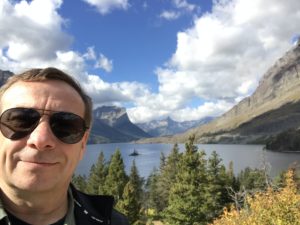 In the last quarter of my most recent 2000 mile road trip we met a lovely couple at a Montana rest stop. Gene and Jacque were sitting in foldable chairs next to their large RV camper when we pulled in to stretch our legs. As we talked about life I realized that very day – September 12th – was the 5-year anniversary of my science traveling life.
In the last quarter of my most recent 2000 mile road trip we met a lovely couple at a Montana rest stop. Gene and Jacque were sitting in foldable chairs next to their large RV camper when we pulled in to stretch our legs. As we talked about life I realized that very day – September 12th – was the 5-year anniversary of my science traveling life.
Five years ago I resigned from my well-paid environmental consulting position in Washington, D.C. My new life as a science traveler, writer, and Abraham Lincoln historian has been jam-packed with excitement, interesting locations, and mind-stimulating enrichment. I said then, and reiterate now, that it was the best decision I ever made.
Back when I was contemplating making the jump, I couldn’t help but worry about where and how much I might travel, whether anyone would read what I was writing, and how I would make ends meet financially. After all, I was giving up a good salary, adventuring into new intellectual territory, and traveling to places I never expected to travel. In some ways it was a big risk. And yet, as I wrote in my first anniversary reflections, “the stars aligned, angels’ voices rang down from the heavens,” so the risk wasn’t all that risky. I remind myself of this as my bank account and royalty check balances dwindle.
There are times I think I’m not taking big enough, or fast enough, advantage of this post-salary time of my life. I could travel more, but that would mean less writing (I still haven’t mastered the art of writing while traveling). I could write more, but that would mean more obligation and less fun as I take on freelance jobs more for the money than the topic interest. I could do more with the Lincoln Group, but that greater responsibility comes with lessened flexibility. Overall, I think I’ve found a good balance.
So what have I been doing these five years? As the name of this website suggests, I’ve been science traveling. What does science traveling mean, you ask? Simple. I try to find the science in everywhere I travel, with science defined in the broadest sense. I don’t spend time in laboratories pouring chemicals (although I have been known to do that). And I don’t spend a week sitting on the same beach contemplating the same sand particles and clouds (some call this relaxing, to me it is stressful not to be moving). Instead, and with a career background ranging from marine biology to aquatic toxicology to environmental science to regulatory science I’m bound to find myself exploring the environmental aspects of my target location. For example, I was just along the Oregon coast where I noticed the similarities – and differences – between the rocky stacks there and the 12 Apostles off the southern coast of Australia. While in Crater Lake I marveled at the geology of the inside of a volcano. While in Pisa my mind wandered to the physics of Galileo dropping unequal weights off the Leaning Tower (not to mention the physics of what keeps the tower leaning and not toppling). Usually I try to read up on locations before visiting them, but I also do research on the locations once I return. I include these scientific aspects in my travel writing.
But my definition of science is broader than that. As a Lincoln historian I include getting to understand the local cultures (e.g., Serbian vs Croatian, Aborigine vs Maori vs Native American). As a science communicator – yet another interest in my diverse repertoire – I look for ways to best communicate the science to the public. Glacier National Park, for example, will soon have to be labeled “Historical Glacier National Park” as most of its glaciers have disappeared or shrunken to minimal levels. In contrast, the Perito Moreno glacier in Argentina is one of only a few glaciers that is actually growing. Throw in a little Darwin and Patagonia becomes a much more interesting place than simply hundreds of kilometers of gravel roads. Mark Twain once said that “travel is fatal to prejudice, bigotry, and narrow-mindedness.” I aim to prove that is true.
My travels have taken me to over 50 countries, so far. This past 12 months alone I have been to nine or ten countries and several areas of the United States. There was Australia, New Zealand, Denmark, Poland, Lithuania, Estonia, Russia, Finland, the Aland Islands, and Sweden on the international front, with Hong Kong, Philippines, Brunei, and Singapore coming up soon. Domestically, I’ve been to New England several times in the last year, including Maine, plus Sanibel Island in Florida and my most recent road trip through Oregon, Washington, Idaho, and Montana. With three corners of the country covered I’m looking to make a road trip in the southwest U.S. soon.
This has been a busy year for my Abraham Lincoln side as well. In May, I finished up my term as Vice President of Programs of the Lincoln Group of DC, responsible for booking speakers for our monthly dinner meetings. I considered taking on ultimate leadership responsibility but opted to make a lateral move instead because of my travel and writing schedule. I’ve driven three increasingly intensive road trips as research for my book in progress. First a long weekend in Newport News for a “Battle of Hampton Roads” conference. Then a week-long drive through Lincoln’s early life in Tennessee/Kentucky/Indiana, with a stop in Michigan to see the rocking chair Lincoln was sitting in when assassinated. Finally, a 9-day Chasing Lincoln zigzag around Illinois to visit the seven Lincoln-Douglas debate sites, the I&M Canal, Rock Island, and two dozen or more Lincoln statues. I even got to see Lincoln and Douglas debate in person thanks to George Buss and Tim Connors. In the coming months I’ll make a few short day trips related to Lincoln, plus a few days in Chicago to check out more Lincoln sites (plus the famed Art Institute of Chicago).
The year wasn’t always great; there were some downer times too. My trips to New England were in part because my father has repeatedly made hospital and rehab stays as his body slowly gets weaker in his 92nd year. Then my Lincoln mentor and friend John Elliff passed away suddenly and unexpectedly. Other drags on life also creaked into existence during the year, but overall, it was a very good year.
My writing has been both a highlight and a lowlight this year. My first book on Tesla is into its 8th printing and several foreign translations. Edison is essentially sold out and has been translated as well. My Lincoln book released last summer is into a 2nd edition and is likely to get a 3rd plus translations. I’m also working on three books, two on Lincoln and one a travel memoir. The lowlights? I’ve spread myself a bit thin so none of the books is progressing as fast as I intended. I also planned to submit more freelance article work this year but haven’t put much effort into following through on it. I specifically dropped my reading goal from 100 books to 75 this year, intending to spend the freed time writing. I’m now 3 books behind even the lower goal and haven’t shifted the time into writing as much as I planned. Some of this is because of traveling, and with a heavy travel schedule continuing through at least next summer, I’m not sure whether I’ll improve my reading or writing pace much in the near future. Still, I am writing. I just need to write more and faster.
As I reflect on five years of post-salary life it strikes me that I get two kinds of reactions. One is envy, as people who want to quit/retire/travel/write think the grass is greener on my side of the fence. The other is inspiration, as they see promise of greater fulfillment even while they are working. It simply takes making the time to do what you want. After five years I can still say I have no regrets about my decision.
No regrets whatsoever.
See my previous “Reflections” for 2014, 2015, 2016, 2017. This will be the last of these annual “Reflections” pieces unless something marvelous happens to warrant a special one. Of course, if one of my books becomes a million seller I won’t need to write these updates as you’ll be seeing me all over television and the internet. 🙂
David J. Kent is an avid science traveler and the author of Lincoln: The Man Who Saved America, in Barnes and Noble stores now. His previous books include Tesla: The Wizard of Electricity (2013) and Edison: The Inventor of the Modern World (2016) and two e-books: Nikola Tesla: Renewable Energy Ahead of Its Time and Abraham Lincoln and Nikola Tesla: Connected by Fate.
Check out my Goodreads author page. While you’re at it, “Like” my Facebook author page for more updates!



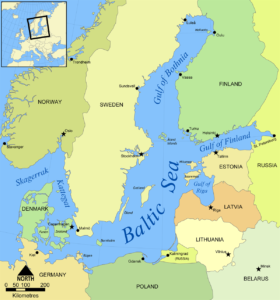 Ah, the Baltic Sea. I’ll soon be on it. And also in Denmark, Poland, Lithuania, Estonia, Russia, Finland, and Sweden. Windstar take me there.
Ah, the Baltic Sea. I’ll soon be on it. And also in Denmark, Poland, Lithuania, Estonia, Russia, Finland, and Sweden. Windstar take me there.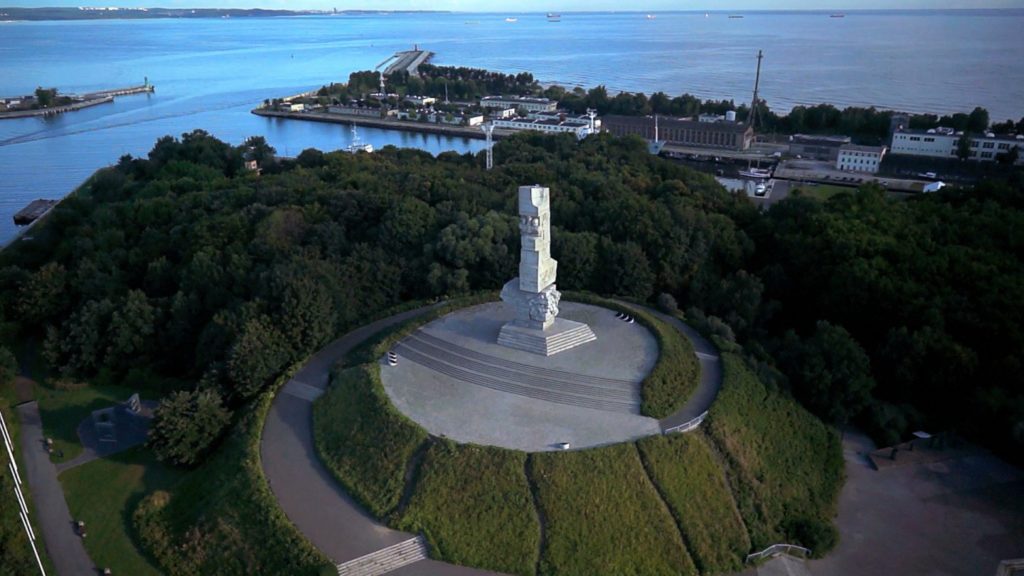
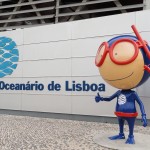
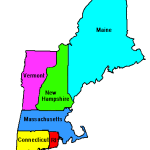
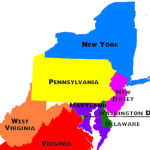
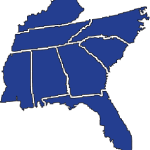
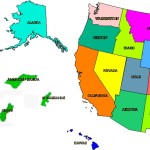
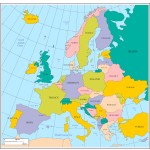 EUROPE
EUROPE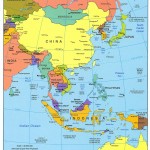 ASIA
ASIA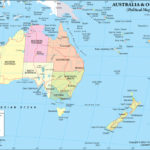 OCEANIA
OCEANIA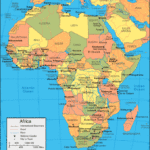 AFRICA
AFRICA







